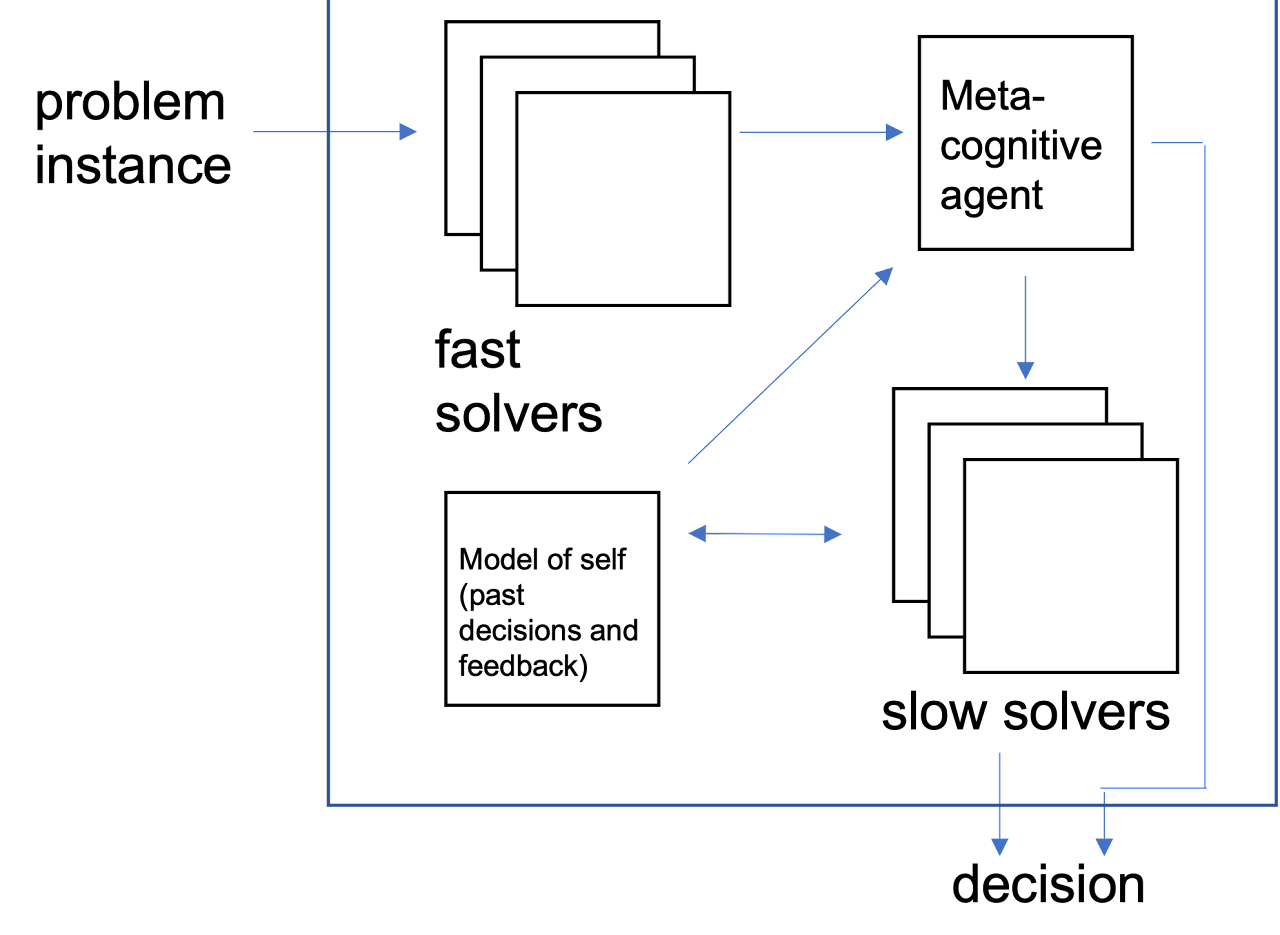Generalized Planning
Generative Models for Automated Planning
Collaborators: AIISC - University of South Carolina, IBM Research, University of Udine, University of Brescia
Advisors: Biplav Srivastava, Francesca Rossi, Lior Horesh, Keerthiram Murugesan
Large Language Models (LLMs) have been the subject of active research, significantly advancing the field of Natural Language Processing (NLP).
From BERT to BLOOM, LLMs have surpassed state-of-the-art results in various natural language tasks such as question-answering, summarization, and text generation.
Many ongoing efforts focus on understanding LLMs' capabilities, including their knowledge of the world, syntax, and semantics.
However, extending the textual prowess of LLMs to symbolic reasoning has been slow and predominantly focused on tackling problems related to the mathematical field.
In this work, we explore the use of LLMs for automated planning - a branch of AI concerned with the realization of action sequences (plans) to achieve a goal, typically executed by intelligent agents, autonomous robots, and unmanned vehicles.
Representative Publications
- Plansformer: Generating Symbolic Plans using Transformers
[Paper] [Tool Website] [Demo] [BibTex]

Planning using Fast and Slow AI Architecture
Collaborators: IBM Research, AIISC - University of South Carolina, University of Udine, University of Brescia, Union College (New York), Tulane University, University of West Florida
Advisors: Biplav Srivastava, Francesca Rossi, Lior Horesh, Keerthiram Murugesan
The newly introduced idea of Fast and Slow AI (SOFAI) architecture is inspired from the cognitive theories mentioned by Daniel Kahneman in Thinking Fast and Slow.
This research project aims to build AI-supported machines that can
- make decisions with emergent behaviors similar to the human ones, and
- support human decision making through nudging and explanations.
To achieve these goals, the team is designing and building a cognitive architecture to mimic these two broad modalities in a machine. We adapt the SOFAI architecture to solving planning domains where incoming problems are solved by either system 1 (or ”fast” - S1) agents, also called solvers, that react by exploiting either past experience (case-based reasoning) or using a learnt model called as Plansformer, or by system 2 (or ”slow” - S2) agents, that are deliberately activated when there is the need to reason and search for optimal solutions beyond what is expected from the system 1 agent. SOFAI architecture with Plansformer as S1 solves more problems than the symbolic planner (FastDownward, which is also used as S2). Visit the dedicated website for more details on SOFAI.
Representative Publications
